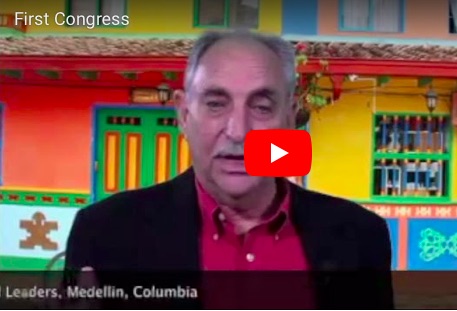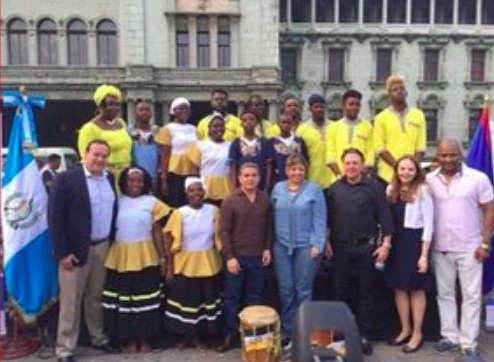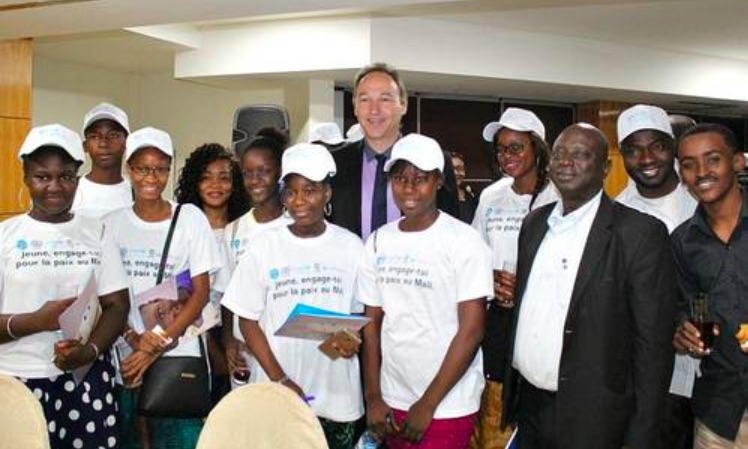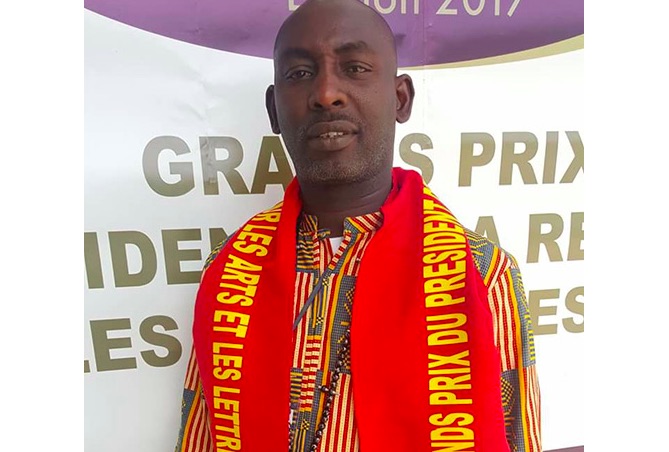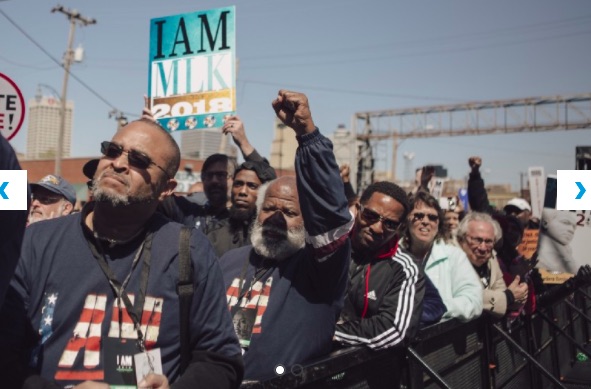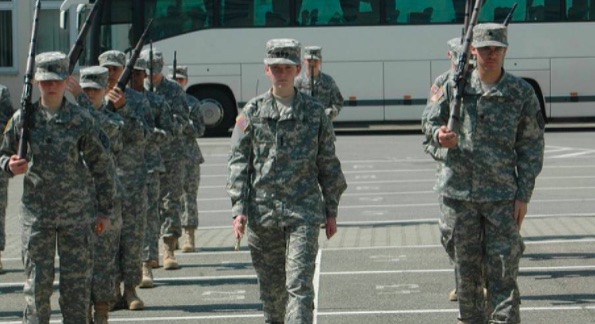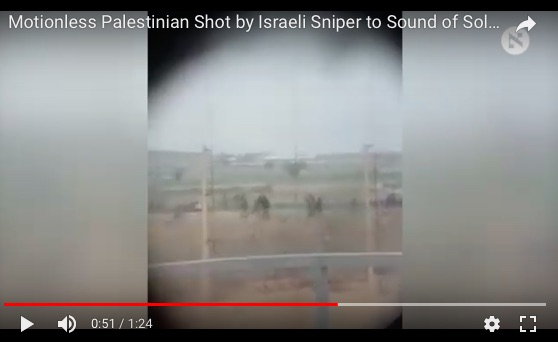TOLERANCE AND SOLIDARITY .
An update from the Gaza children cinema
In a local library in Rafah, South of the Gaza Strip, children are busy working on a white cardboard. They are creating their cinema’s box office. Others are allocating number stickers to the seats. Another group of children are in charge of distributing popcorn in preparation of a film screening. Children then line up to get their tickets before entering the screening venue; they stay quite as their eyes gaze at the screen; but once the movie ends, they are eager to talk about what they just saw and reflect on their first cinema experience. Some talk, some sing, some dance and some draw.

A frame from the video about the Gaza children’s cinema
This is only a brief scenario of one of the 160 screenings we have managed to implement across the Gaza Strip in 2017 thanks to your generous donations. Below is an update of some of the major outcomes of the cinema’s Project activities last year.
Gaza Children Cinema:
The idea was to create a peaceful, creative space where kids could be just kids—a space where a child can live a joyful moments while surviving the bitter reality of siege loss, hardship and war. The result was the Gaza Children’s Cinema, a project was born out of a desire to create a safe haven for children, and it is evidence of the magic of cinema—of how film can relieve suffering and provide light to literally one of the darkest places in the World.
The Cinema in 2017:
In 2016 and early 2017, we managed to raise 7800 AU$ through our online fundraiser page and through other fundraising events in support of the Gaza Children Cinema project.
In April 2017, we partnered with the Tamer Institute for Community Education, Gaza, in order to facilitate the implementation of the cinema screenings and to allow the initiative to be led by the local community, especially young volunteers. This partnership was important for building on the existing community resources in reaching more children. We did not want to re-invent the wheel, no one does want!
(Article continued in the right column)
Presenting the Palestinian side of the Middle East, Is it important for a culture of peace?
(Article continued from the left column)
Besides targeting marginalised areas for the screenings, we have successfully managed to engage libraries and to promote regular screening within library settings across the Gaza Strip.
In preparation of the screenings, the Tamer Institute held two training workshops for the librarians and the young volunteers from Tamer Institute. The workshops focused on brainstorming the best ways to make the screening a successful enjoyable experience for the kids, the choice of the films and training the librarians to use arts as a tool of expression for the children to reflect on their inner thoughts and emotions.
About 160 cinema screenings were held with the children throughout 2017. We have managed to reach out to hundreds of children each month through organizing several screenings at several locations. The screenings were held across the Gaza Strip in Gaza, Rafah, Khan Younis, Maghazi Refugee camp, Jabalia refugee camp, amongst many other locations.
Gaza Children Cinema activities have been carried out across the Gaza Strip including border areas, marginalised children communities and refugee camps.
We have seen children join the cinema sessions with their parents in inclusive and entertaining settings. With the support of Gaza Children Cinema volunteer team, these children had the opportunity to engage into stimulating and interactive discussion prior and after the film screenings.
In September, and as part of our attempts to reach the most marginalized children in the most remote areas, we launched a call for proposals for initiatives around cinema and children. To our surprise, we received about twenty proposals from grassroots community groups. This has assured us that the impact of the Gaza Children Cinema is invaluable and is growing.
This project has been fully funded by charitable fundraiser events that we have voluntarily carried out here in Perth, Australia. Either through food stall markets, various movie screenings or an online fundraiser page, we have managed to raise enough funds to keep this initiative going and growing. And today we are hoping to raise funds to sustain this project for another year.
This is a message of gratitude and appreciation for making this initiative real. Without your generous donations, we wouldn’t be able to reach many of children across the Gaza Strip, and offer them some moments of peace, dialogue, and entertainment. We are determined to continue in this track, this time with more commitment and enthusiasm. We always appreciate your input and feedback. If you wish to know more, please contact us on info@gazachildrencinema.org.
Yours Sincerely,
Ayman Qwaider and Mohammed Al-Rozzi
For Gaza Children Cinema Team
(Thank you to Ayman Qwaider, the CPNN reporter for this article)
